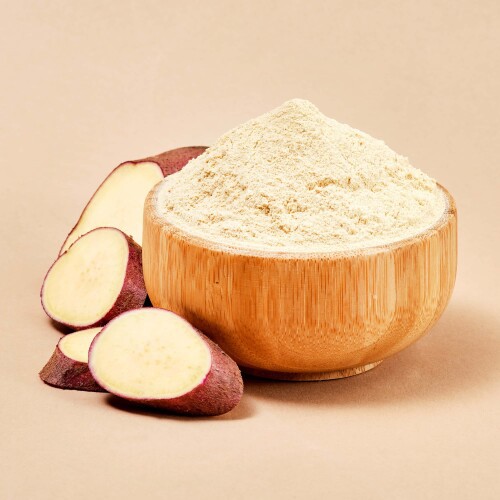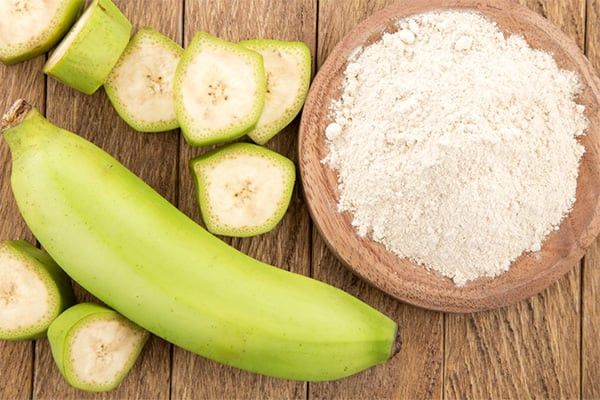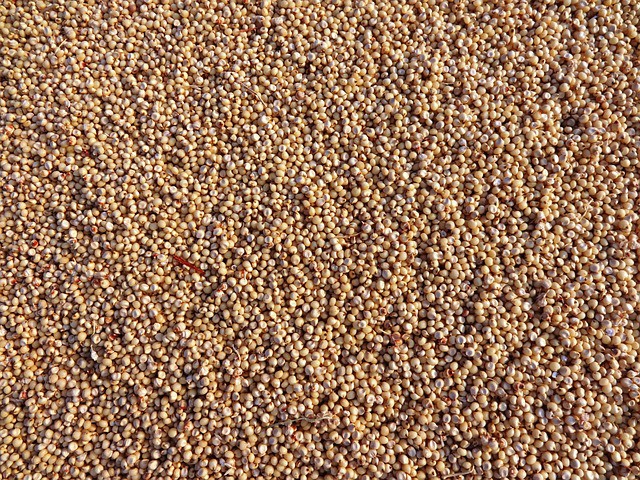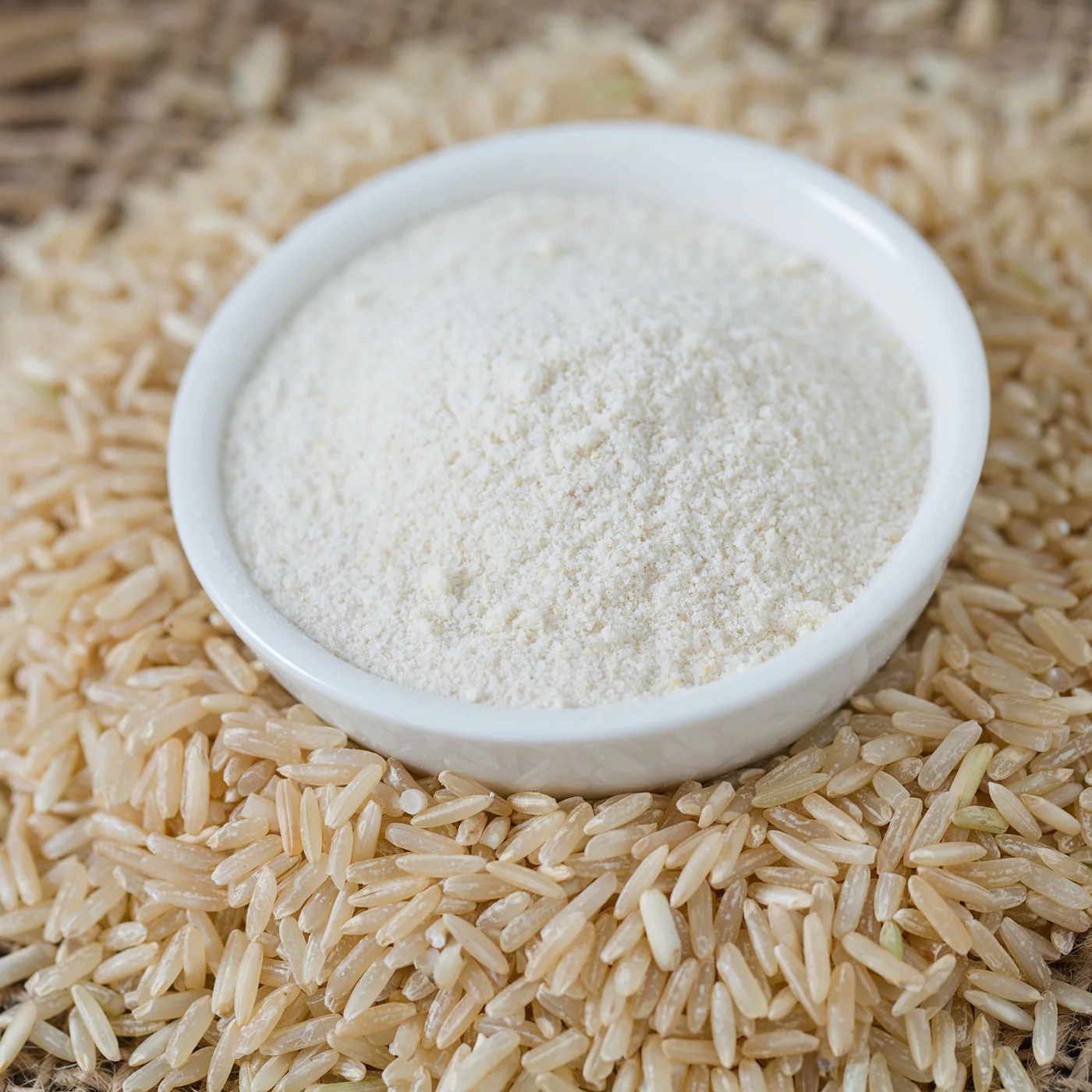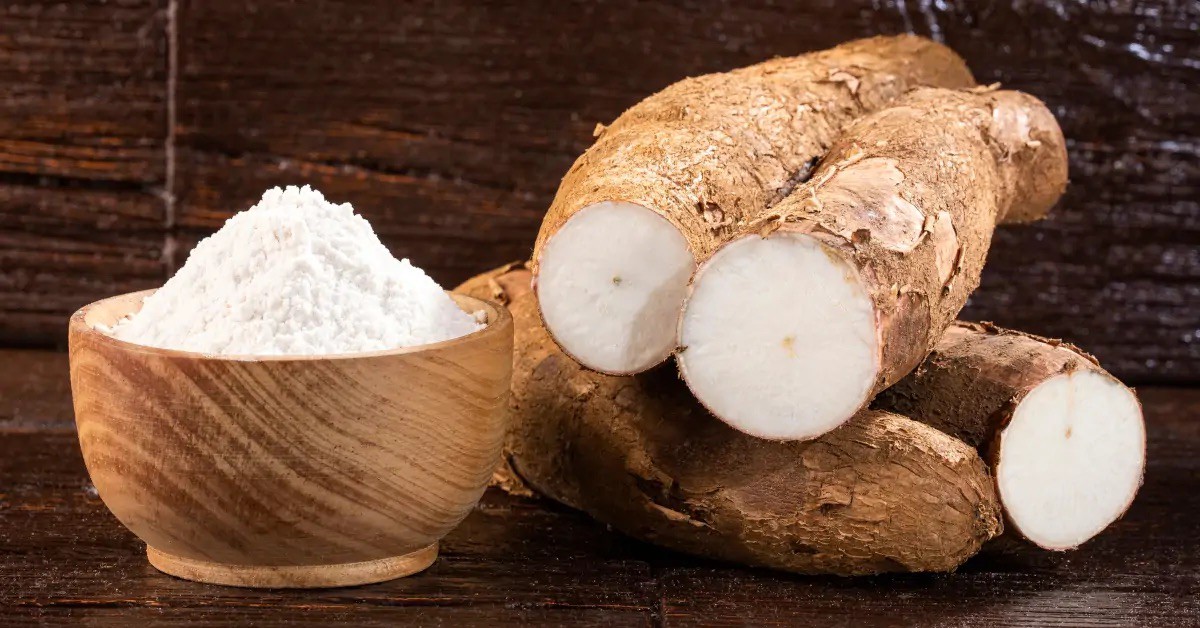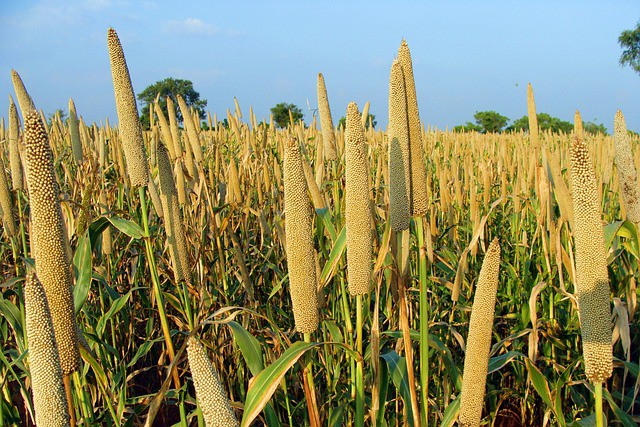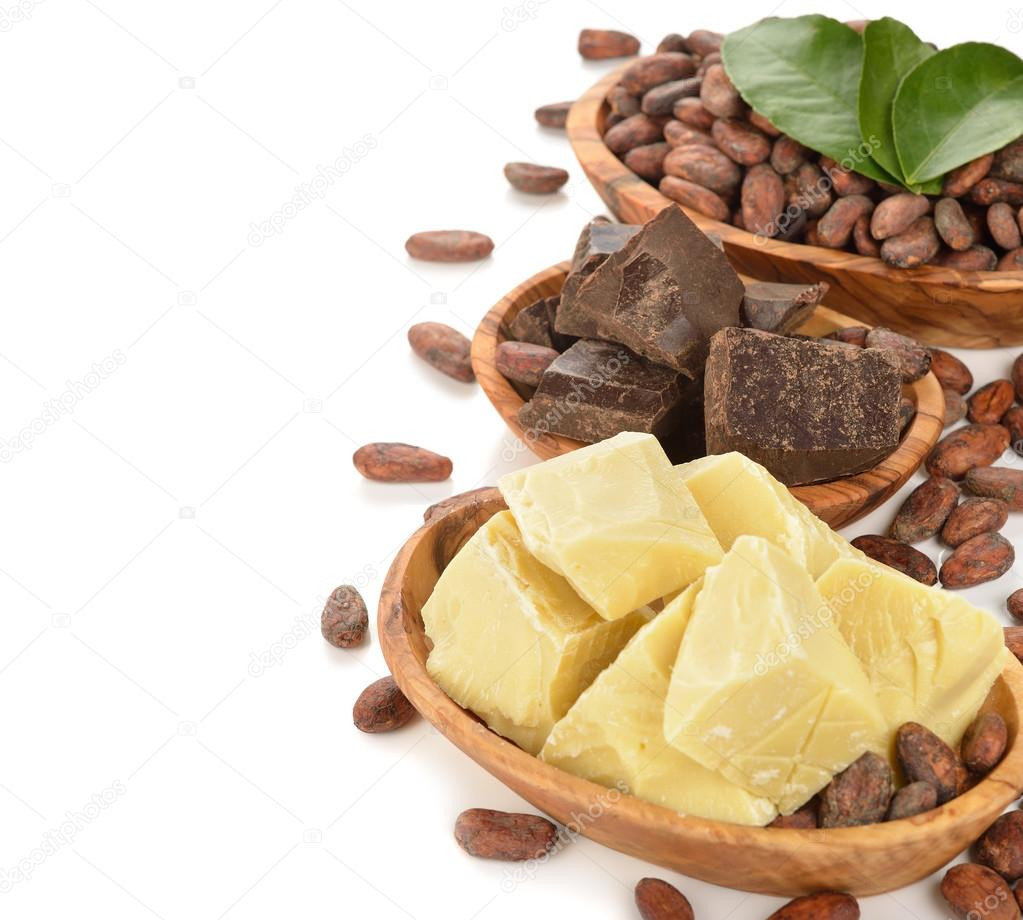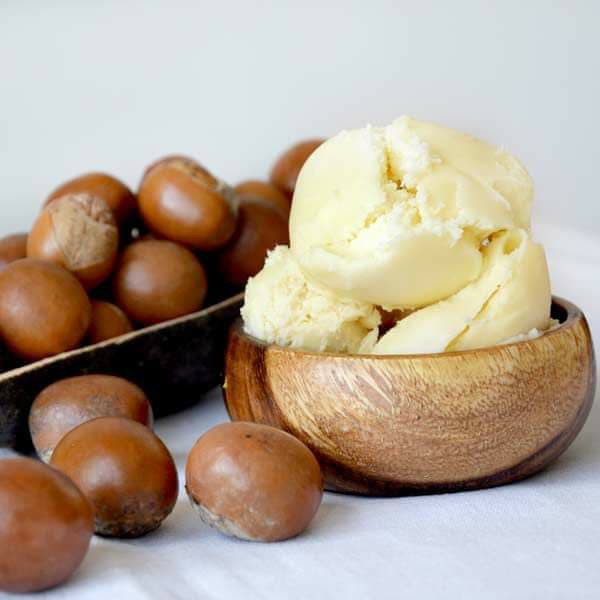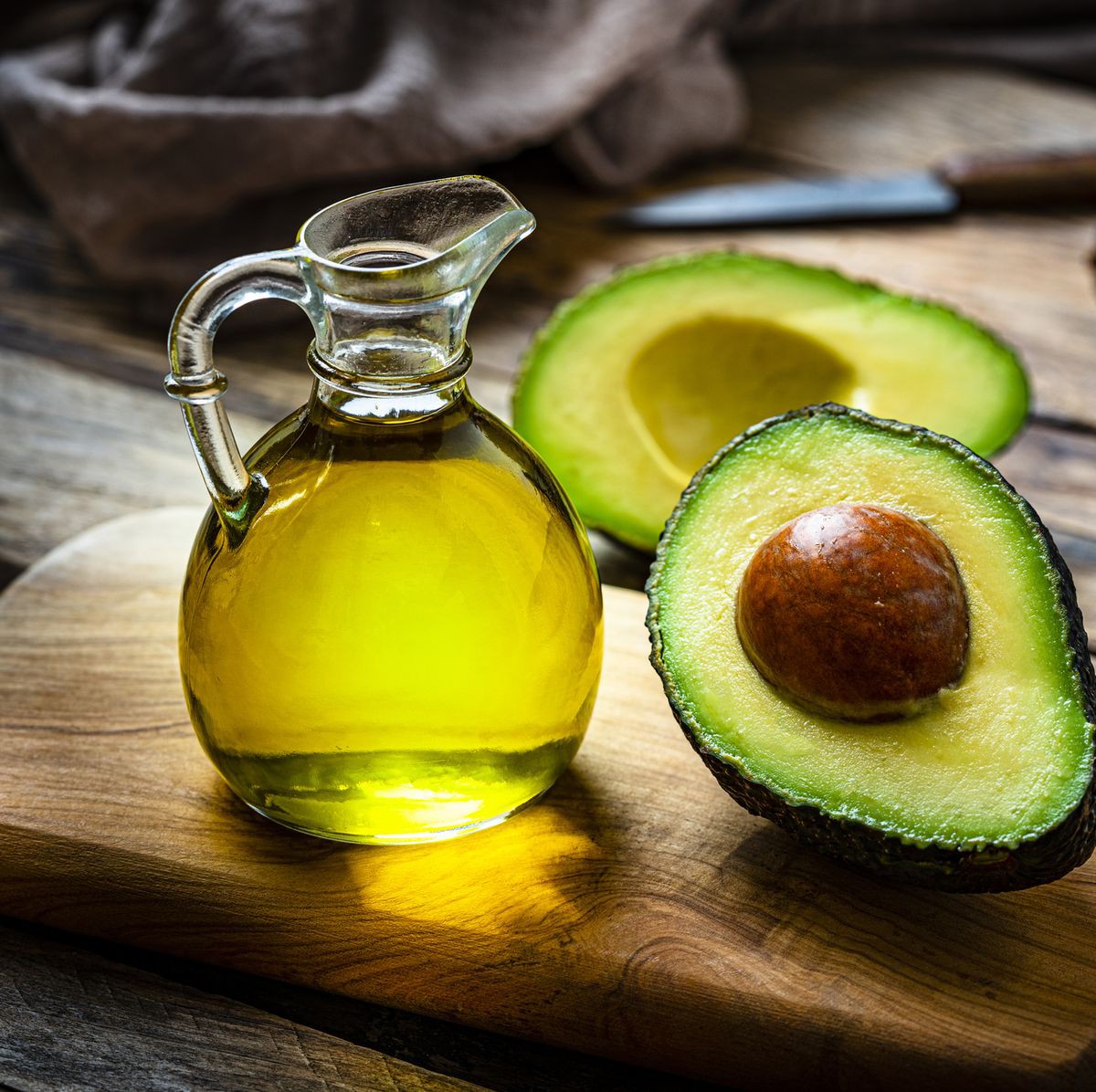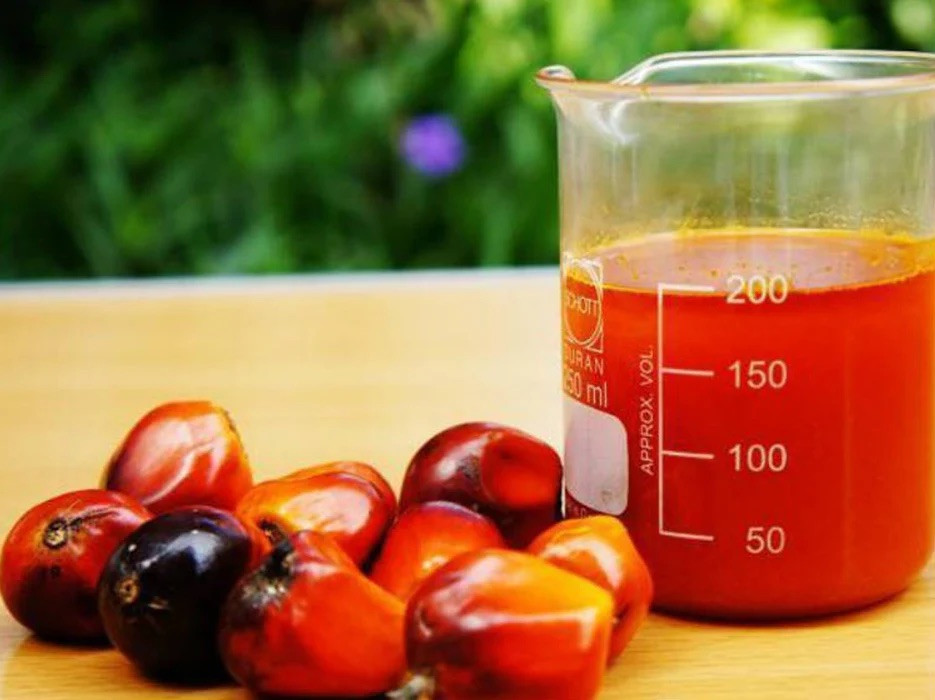

Huile de palme rouge
Détails du besoin
Nom scientifique : Elaeis guineensis
L'huile de palme est une huile extraite des fruits du palmier à huile. Le palmier à huile est cultivé dans les zones tropicales et subtropicales pour ses fruits. Avec plus de 35% de consommation tous usages confondus, c’est l’huile la plus consommée au monde. Le rendement en huile est dix fois plus élevé que celui du soja car 100kg de fruits permettent d’obtenir 22 kg d’huile.
L’l’huile de palme est de couleur rouge ou orangée, cci du fait de sa forte concentration en caroténoïdes. Elle est reconnue comme étant l’huile la plus riche en carotènes et la deuxième la plus riche en vitamine E. Elle en contient 15 fois plus que la carotte. Elle se présente sous un état semi-solide du fait de sa forte concentration en oléique, acide stéarique et palmitique. Elle a une couleur dorée ou transparente lorsqu’elle est raffinée pour une utilisation agroalimentaire, cosmétique ou en savonnerie. Elle est stable à la cuisson, n’a ni odeur ni goût une fois désodorisée, et contribue à la bonne conservation du produit fini.
Sur le plan industriel, 70% de l’huile de palme est utilisée pour dans l’industrie alimentaire ; notamment dans la fabrication de la margarine, dans les processus de production en biscuiterie/pâtisserie, dans les produits de nutrition infantile. En outre, elle est utilisée en oléochimie (20%) dans la saponification dans le domaine de la savonnerie et comme agent hydratant dans les cosmétiques. Son coût accessible en fait l’ingrédient idéal pour les agro carburants (10%).
En 2021, Avec une production de 300.000 tonnes , et une demande estimée à 500.000tonnes en 2021, le Cameroun a eu un déficit de 150.000 tonnes d’huile de palme et importé 450.000 tonnes d’huile de palme.

